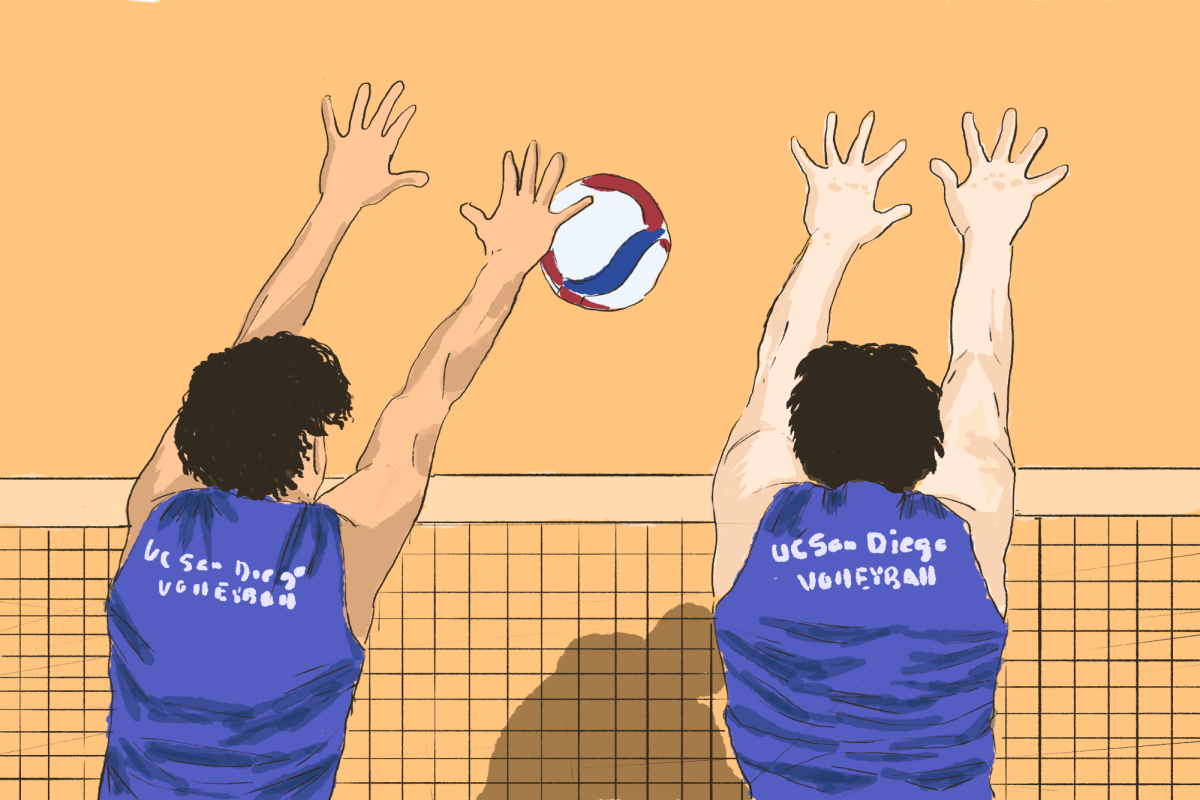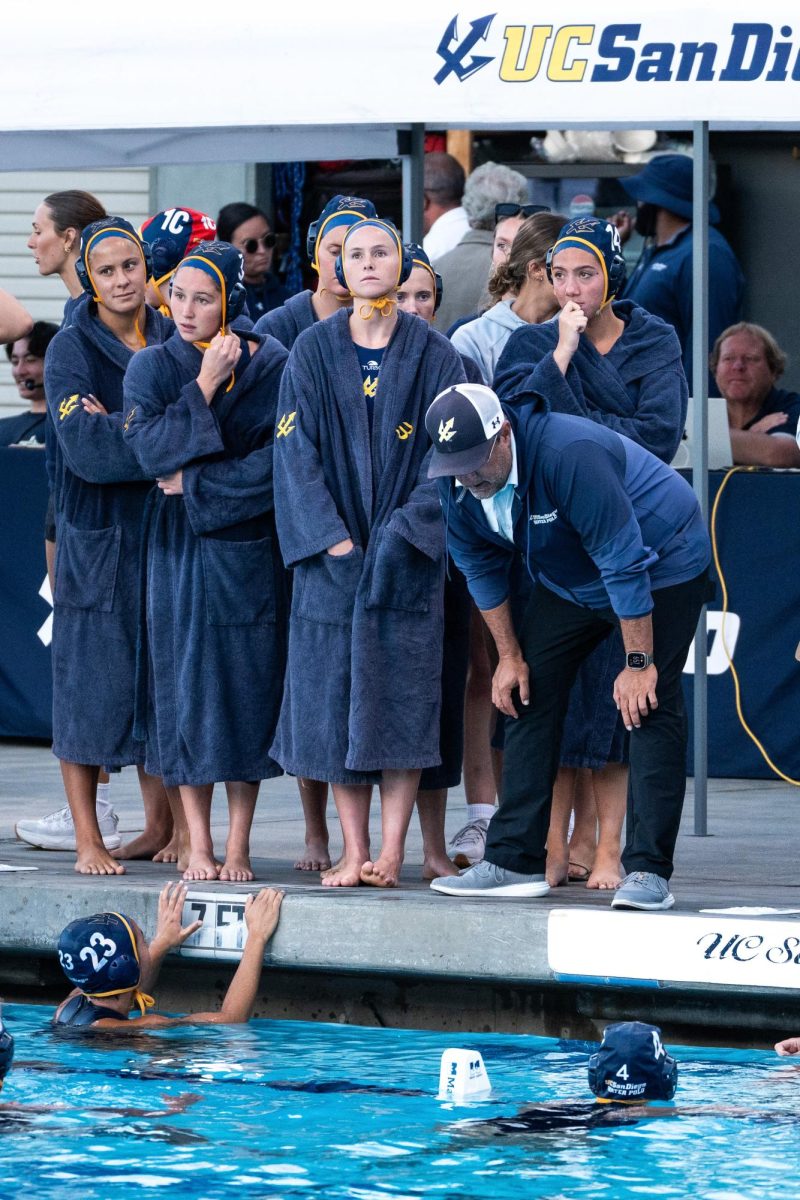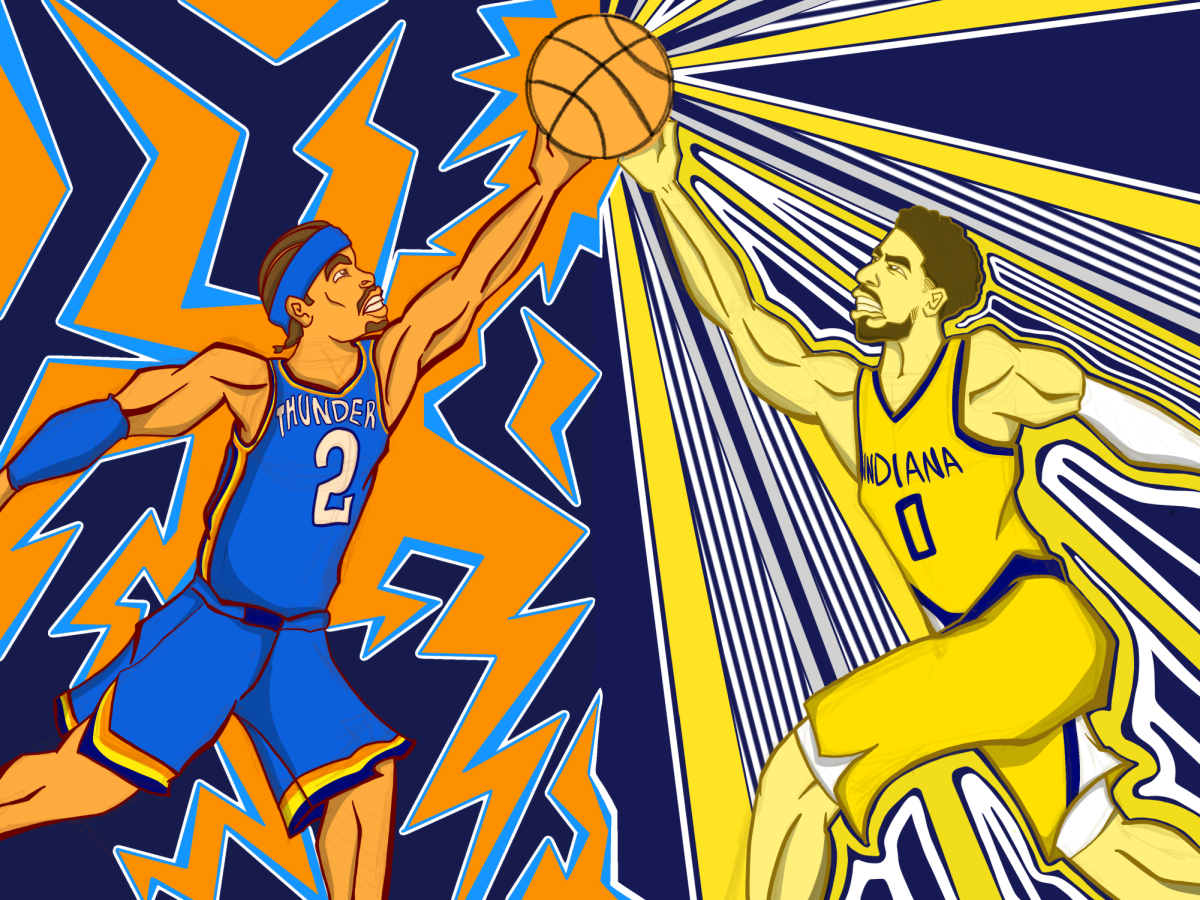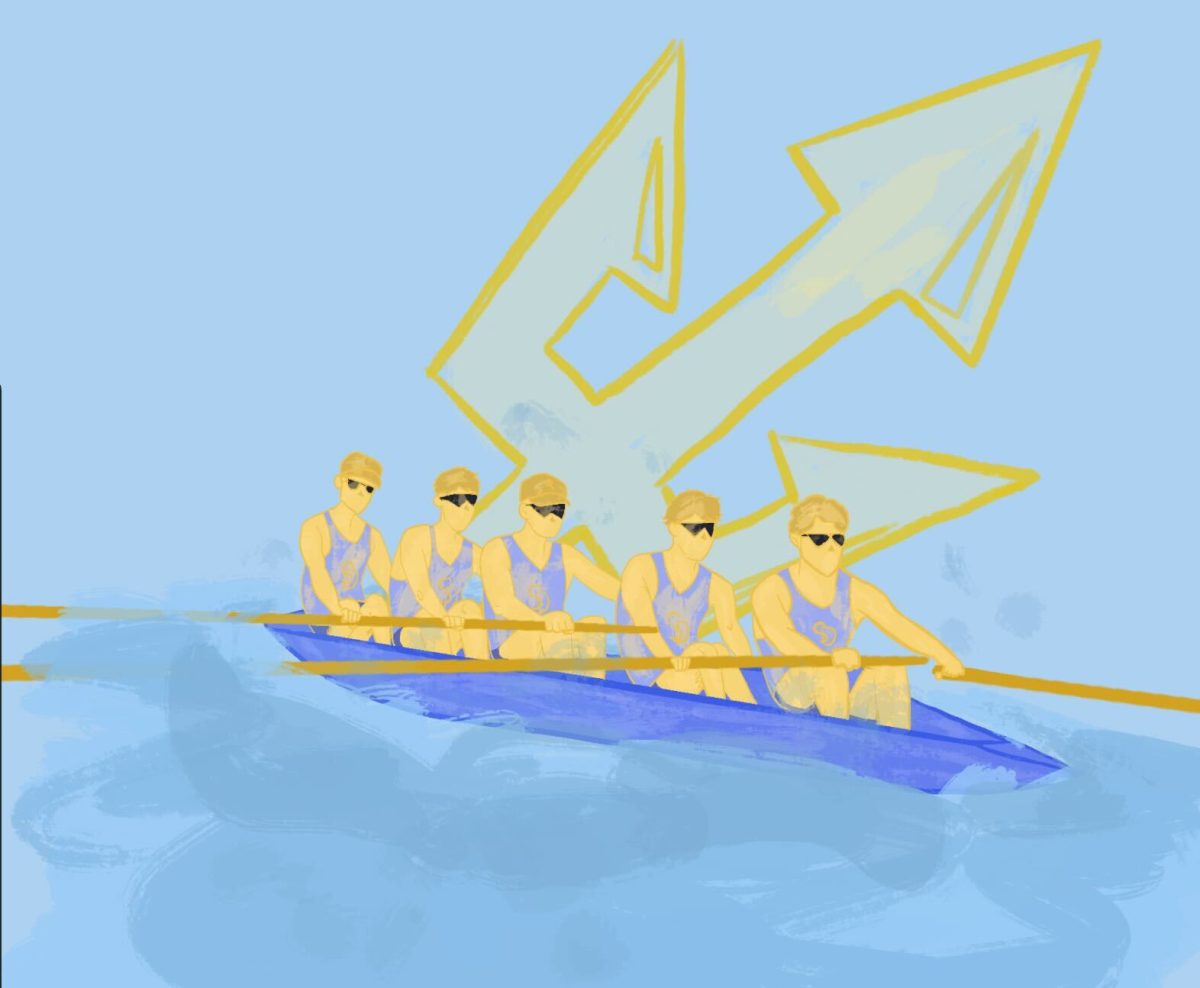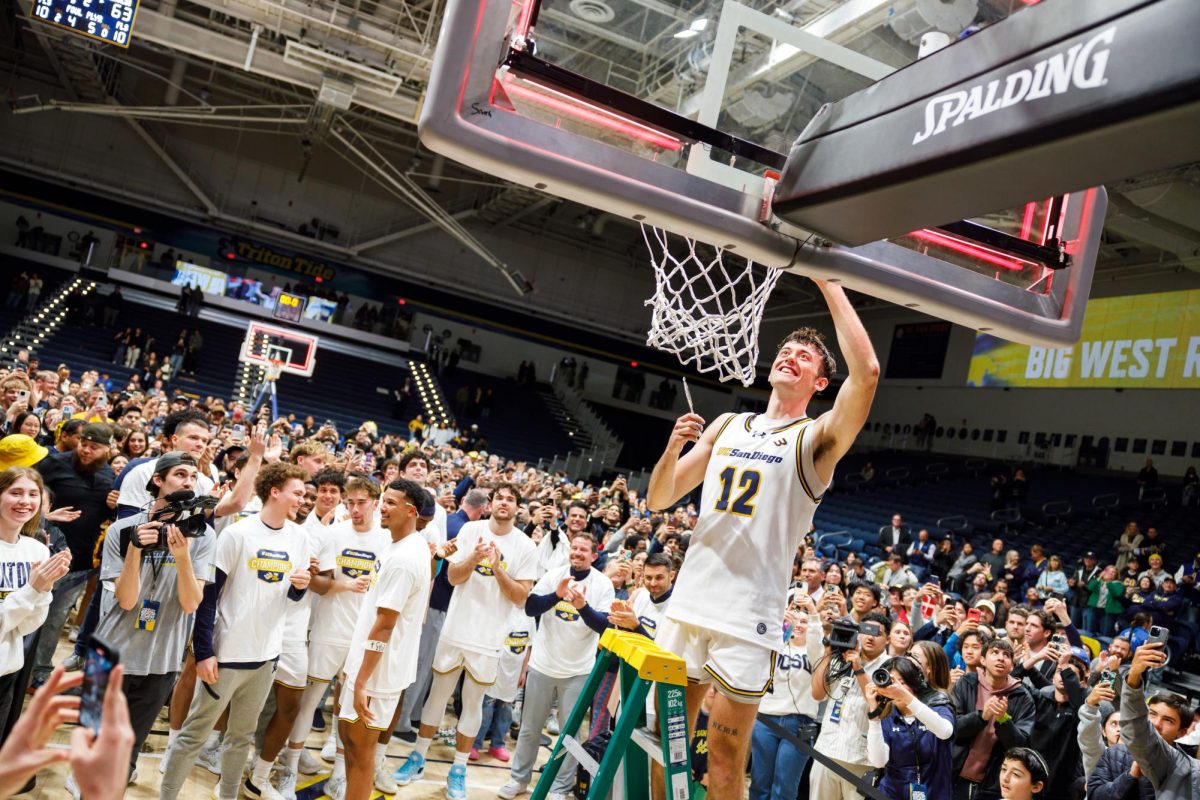The National Collegiate Athletics Association might be the most sprawling administrative body in all of American sports, serving as an umbrella for 460,000 athletes competing in 24 sports, across 1,268 colleges in the United States, and raking in around a billion dollars a year. But as it has come under fire in recent years for issues such as image rights, player payment, and the growth of alternatives to college athletics, the NCAA has been forced to adapt far more rapidly than before. Increasingly, fans are wondering whether the NCAA’s monopoly on amateur athletics will continue to hold, and more pointedly, whether it should.
This week saw a massive change in NCAA policy, as the organization will now let college athletes profit from their images in commercials, on social media, and at autograph sessions beginning in the 2021-22 season. This ends one of the most ridiculous NCAA policies, whereby student-athletes could not even independently make money off of their own work, or even mention their student-athlete status in a business capacity. And surely, for the Joe Burrows and Zion Williamsons of the world, this revenue stream could be incredibly lucrative — after all, for star basketball and football players, they’re already worth millions, often by the time they step on campus.
But image rights, although the most moderate concession the NCAA can make, will have little to no impact on players who don’t have their own brand. The new rules still prohibit players from selling their likenesses as a group — that means no NCAA Football 21 video game, unfortunately — cutting out non-superstars and players in less popular sports from a piece of the pie. Indeed, group licensing and bargaining can never happen with the current “student-athlete” structure, as these things require unions, and the National Labor Relations Board has repeatedly denied college athletes status as employees, and therefore the right to a union.
———
In 2014, University of Connecticut’s Shabazz Napier was the best point guard in the country, leading UConn to a national title, and earning honors such as consensus All-American and Most Outstanding Player in the Final Four. Yet, Napier told reporters he was not even able to afford food while he earned millions for the university on the court: “When you see your jersey getting sold … you feel like you want something in return …There are hungry nights when I go to bed and I’m starving.” Napier’s comments, a public relations disaster for the NCAA, helped pass new rules allowing schools to provide free meals and snacks to athletes. These sorts of stories naturally lead many to consider the holy grail of college athletics: direct payment and revenue sharing for student-athletes.
The NCAA even took a step in this direction in 2015 by allowing schools to offer a $2,000 to $5,000 stipend along with their scholarships, which goes a long way for many athletes. But these stipends are both optional to the college and well below a living wage, and the likelihood of a real, universal wage for student-athletes is slim, and not just due to the NCAA’s resistance to change. It should also be noted that top recruits for football and basketball are routinely paid five or six figures in illegal bribes to attend certain schools, although these under-the-table payments are available to very few. College sports is already a losing proposition for all but the most elite of schools, and, frankly, it’s a legitimate question if there’s enough cash to go around to both subsidize non-prestige sports and have enough left to pay players. In any case, the very least the NCAA can do is to remove its barriers from allowing players to make the little money they can off of their athletic accomplishments, given the intense time commitments and physical toll of college sports.
———
Unfortunately for the NCAA, the limits on what it is able to offer prospective student-athletes are starting to matter more than ever, as many athletes, especially basketball players, are beginning to seek alternatives to the college athletics route. The league has repeatedly expressed interest in once again allowing players to enter the draft right out of high school. International basketball leagues in Europe and Australia are beginning to attract top-ranked American recruits; LaMelo Ball and RJ Hampton, both expected to be first-round picks in this year’s draft, both spent their last seasons playing in Australia’s National Basketball League.
Meanwhile, the NBA has been beefing up its developmental G League, increasing maximum player salary, improving conditions, and providing a one-year professional pathway in which top prospects could earn $500,000 in their sole season. Just this week, three five-star athletes chose to forgo the NCAA to commit to this pathway. One of them, guard Jalen Green, who ESPN ranks as the top prospect in the nation, will have the opportunity to be the star of a new Southern California G League franchise. And, in a poetic twist of the knife for the NCAA, the G League will provide Green with one more perk: a full-ride college scholarship to allow him to get his degree whenever he wants to. G League will also provide Jalen Green with a full-ride college scholarship: “It’s not really that I’m missing out on college because I can go back and finish whenever I need to,” Green said.
———
The first, and longest-tenured, executive director of the NCAA was Walter Byers, who made the organization into the behemoth it is today. But upon his retirement, Byers began to strike a very different chord. In his book “Unsportsmanlike Conduct”, Byers called the NCAA “a nationwide money-laundering scheme,” indicated that the term “student-athlete” was invented to prevent the NCAA from having to make disability payments, and concluded: “Collegiate amateurism is not a moral issue; it is an economic camouflage for monopoly practice… an air-tight racket of supplying cheap athletic labor.” Byers’ condemnation indicates a reality hundreds of thousands of college athletes are all too familiar with: the NCAA has never not been about making cash hand over fist on the backs of unpaid labor. Having coasted on monopoly for decades, the NCAA will now face the fight of its life to defend to fans and to athletes the reason for its own existence.



